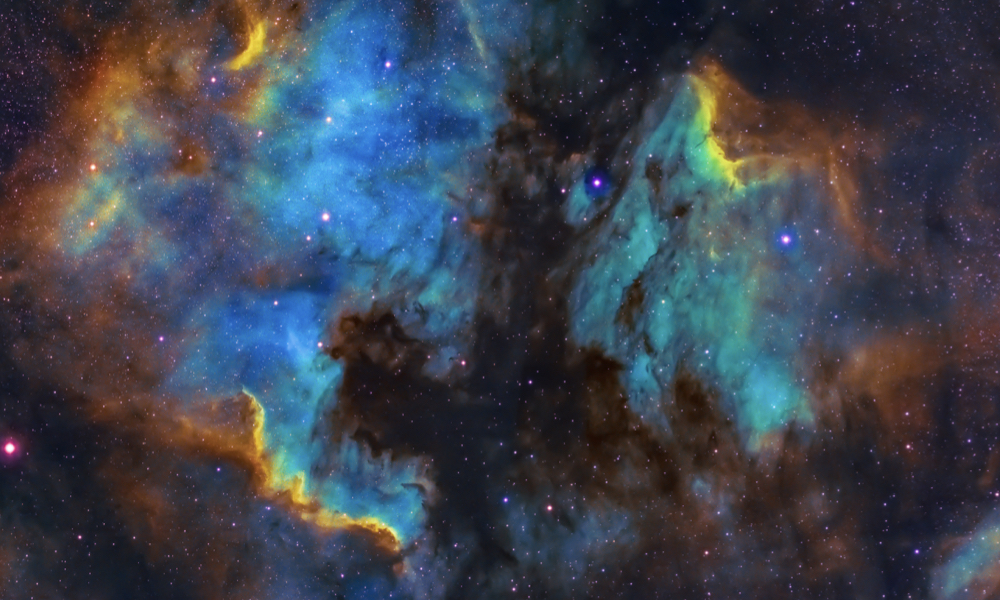
ESA Open Invitation To Tender AO8742
Open Date: 23/06/2016
Closing Date: 11/08/2016 13:00:00
Status: ISSUED
Reference Nr.: 16.112.06
Prog. Ref.: GSTP Period 6 E1 PRJ
Budget Ref.: E/0904-611 – GSTP Period 6 E1 PRJ
Special Prov.: DE
Tender Type: C
Price Range: 200-500 KEURO
Products: Ground Segment / Mission Operations / Mission Control / Satellite and Ground Segment Simulators (e.g. simsat, eurosim, etc.)
Technology Domains: Space System Software / Advanced Software Technologies / Advanced Software Development Methods and Tools
Establishment: ESOC
Department: Ground Systems Engineering Department
Division: Mission Data Systems Division
Contract Officer: Hurtz, Anne Maria
Industrial Policy Measure: N/A – Not apply
Last Update Date: 23/06/2016
Update Reason: Tender issue
The main objective of this activity is to assess the application domains of 3D graphical visualisation and Virtual Reality (VR) technologies for ground data systems. VR and 3D visualization technologies are heavily based on utilization of graphical processor units (GPU). Virtual Reality (VR), which can be referred to as immersive multimedia or computer-simulated life, replicates an environment that simulates physical presence in places in the real world or yet inaccessible worlds (e.g. Moon or Mars surface) and lets the user interact in that world. Virtual reality artificially creates sensory experiences, which can include sight, hearing, touch, and smell. Most up to date virtual reality environments are displayed either on a computer screen or with special stereoscopic displays, and some simulations include additional sensory information and focus on real sound through speakers or headphones targeted towards VR users. Some advanced, haptic, systems now include tactile information, generally known as force feedback in medical, gaming and military applications. Furthermore, virtual reality covers remote communication environments which provide virtual presence of users with the concepts of telepresence and telexistence or a virtual artefact (VA) either through the use of standard input devices such as a keyboard and mouse, or through multimodal devices such as a wired glove or omnidirectional treadmills. The simulated environment can be similar to the real world in order to create a lifelike experience for example, in simulations for pilot or combat training or it differs significantly from reality, such as in VR games. [source Wikipedia: http:// https://en.wikipedia.org/wiki/Virtual_reality ] The Agency has an extensive simulation infrastructure, which provides generic and reusable models for simulating elements of the ground and space segment as well as the communication and operations of the end to end system. As part of this activity the integration of the VR and 3D visualisation technologies, tools and software with existing infrastructure for simulation and monitoring and control of ground and space assets shall be assessed. This includes the interaction between high fidelity simulation models of space environment and equipment with virtual models. A VR model of a virtual Moon base has already been developed at European Astronaut Centre (EAC). It shall serve as a reference for evaluation of the assessed technologies and used as the basis for implementation of a proof of concept. The integration aspects of high fidelity models shall be demonstrated taking available Matlab models from EAC covering parts of the subsystems of a Moon base. Besides the application domain of Virtual Moon Base, the following application domains of the GPU, 3D and VR technologies shall also be considered in the context of use case analysis and application scenario evaluation:- Space Situational Awareness (SSA) :Two scenarios have been identifiedo The Near Earth Object (NEO) orbit and impact visualization The Collision Risk assessment visualisation – Human-Robotic Interaction: The scenarios for 3D visualisation of Rover movement and manipulation (e.g. arms), terrain simulations and the human-robotic interactions shall be considered. – De-Orbiting and In-Orbit Servicing: The use case of visualising the rendezvous and capturing of a tumbling satellite by a robotic arm on a chaser satellite. The activity shall demonstrate the applicability of the technology, using a proof of concept demonstrator of the virtual Moon Base. Depending on the available resources, additional prototyping shall be carried out for the above mentioned application domains.
If you wish to access the documents related to the Invitation to Tender, you have to log in to the ESA Portal.
